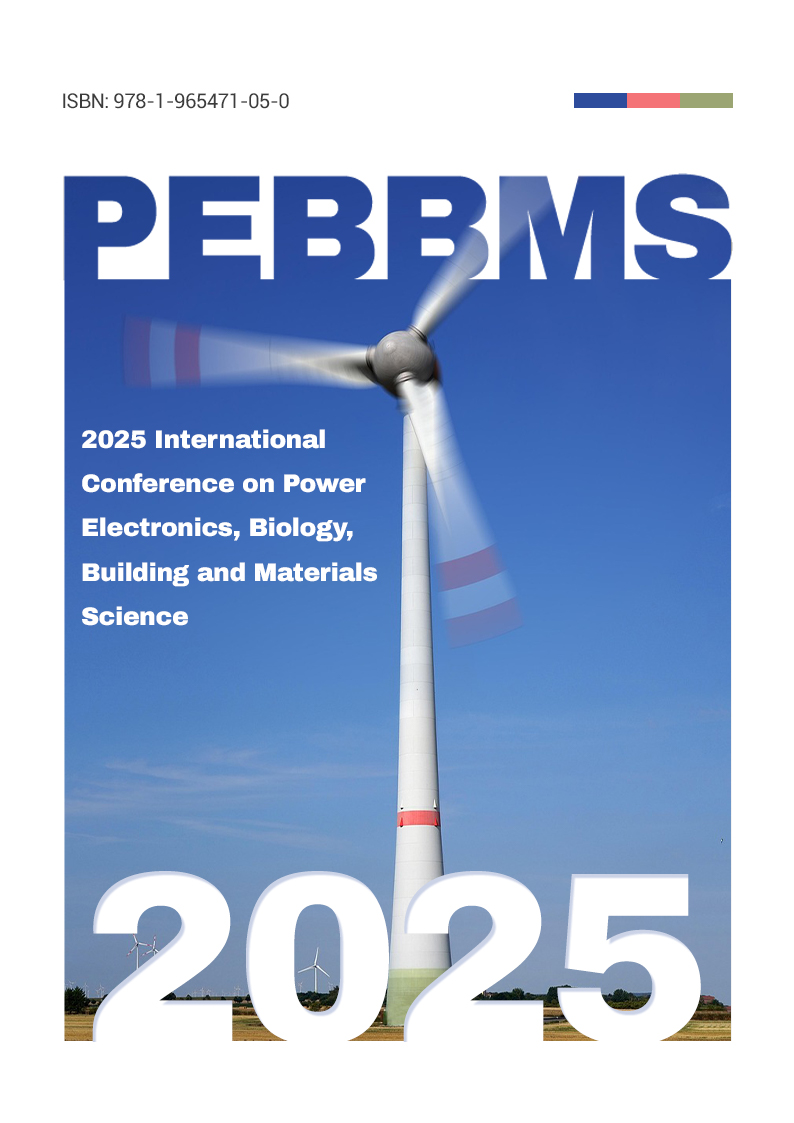Construction and Field Application Practice of Cement Slurry System Suitable for Ultra-Deep Wells with Ultra-Long Cementing Sections and Large Temperature Differences

Authors:
Shaobo Feng, Pengpeng Li, Lvchao Yang, Zhi Zhang, Xiujian Xia, Yongjin Yu, Zhengqing Ai, Sutao Ye, Jie Liang
Keywords:
cement slurry, large temperature difference, ultra-deep well cementing
Doi:
10.70114/acmsr.2025.3.1.P11
Abstract
Deep and ultra-deep resources have become an important replacement area for oil/gas exploration and development in China. However, the cementing engineering of deep and ultra-deep wells faces challenges, for example, high/ultra-high temperatures, high pressure, ultra-long cementing intervals, and large temperature differences, making it difficult to ensure the safety and quality of cementing operations. To address the challenge of slow strength development in cement slurry (CS) due to low temperatures at the top interval and the incorporation of a large amount of additives in the large temperature differential environment of ultra-long cementing intervals, this study relied on the self-developed inorganic salt-based early-strength agent DRA-2S to construct a series of CS systems suitable for large temperature differential environments, which were applied in the tie back liner cementing operation of Qingbei 1 Well (the temperature difference up to 120℃). The comprehensive performance evaluation of the CS indicates that it possesses good fluidity, low water loss, excellent settling stability, favorable rheological and thickening properties, and strong compatibility with other wellbore fluids. These characteristics meet the requirements for safe cementing operations. Most importantly, the compressive strength of the CS reaches 10 MPa after cuing for 72 h at a low temperature of 25℃, which helps to shorten the well construction time and reduce construction costs. Therefore, the self-developed early-strength agent and the constructed cementing CS system suitable for large-temperature-difference environments have broad application prospects


